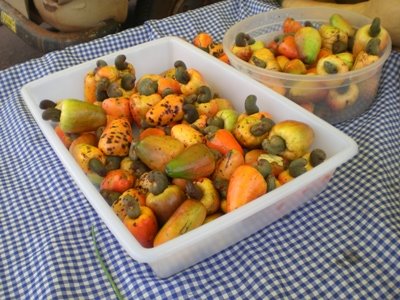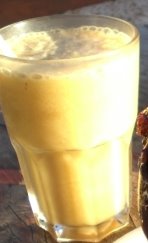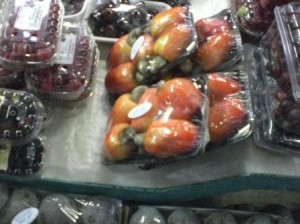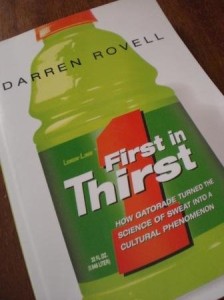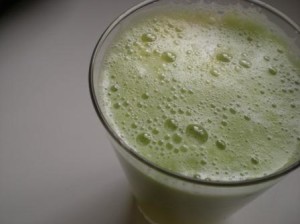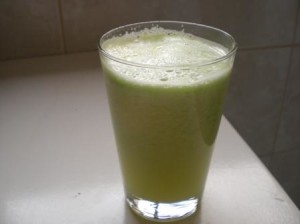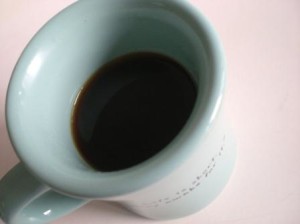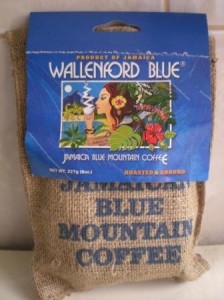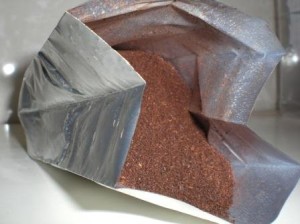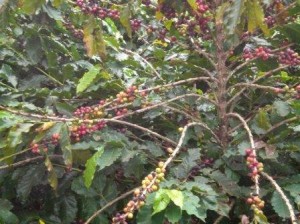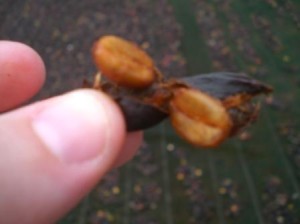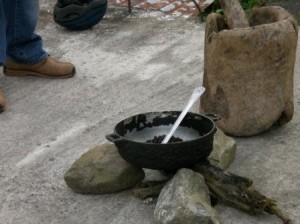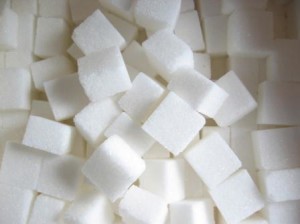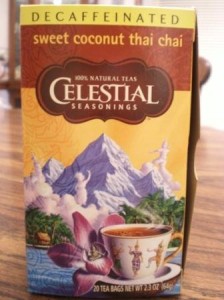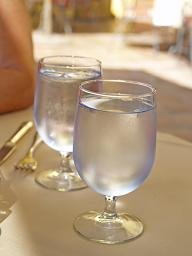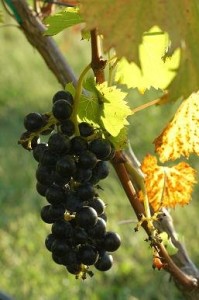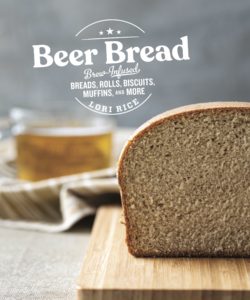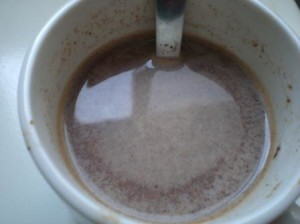 I love it when interesting little things pop up while I’m shopping; those little unexpected pleasures that fully warrant somewhat of a splurge in order to gain a new culinary experience.
I love it when interesting little things pop up while I’m shopping; those little unexpected pleasures that fully warrant somewhat of a splurge in order to gain a new culinary experience.
The most recent occurrence that that fits these criteria involves chocolate. I love chocolate – big deal, I know. So do a lot of other people. I will admit when I hear people utter the words “I don’t like chocolate” it is followed by a jaw drop and gasp. Then I think – are you sure? I mean, it is chocolate.
When I delve into the history and health benefits of chocolate I often grow amazed at how this perfect, natural substance ever became what we’ve come to know as chocolate in the US – a candy, full of fat and sugar. What stares back at us on our store shelves barely resembles that from which it was made.
Now I’ve enjoyed my fair share of milk chocolate, but it is the dark stuff that has my heart. I like it dark and bitter, just barely sweet. The type of chocolate where you only need a small bite to feel fully satisfied.
So let me bring you back to my unexpected find. Browsing the food selection at a local bakery a few weeks ago I came across a rather intriguing drinking chocolate – Xocoatl. I became even more interested when I read the back of the package, which, lucky for me, was also printed in English so I didn’t have to worry with translating.
This is what it said:
Long before Columbus reached America, Aztecs roasted and ground cocoa beans and
mixed them with water, honey, vanilla and pepper. This ceremonial drink, called
Xocoatl, was available only to the nobles and priests. During the 16th century,
Xocoatl was taken to Spain, where spices from the East Indies were added to the
drink. Nugali Xocoatl is prepared according to this 400-year-old recipe, which quickly became a success among
European courts.
Well, noble or priest or I am not, but I did by up a bag of these tasty little disks for making drinking chocolate. I didn’t have to think twice after the description – honey, vanilla, pepper and chocolate – I knew I would love it.
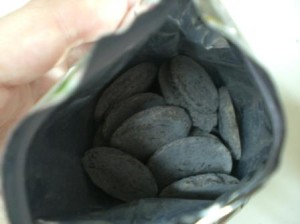
The directions indicated that you should melt 3 to 5 tablets in a cup of hot milk. A bit difficult to melt down, it did not become a thick, dark drinking chocolate that most of us think of. However, this was its only fault.
The warm drink gave the sweet, yet bitter taste of fine chocolate and left a warm heat in the back of the throat. Such a combination of flavors that you know this is a rich drink meant for the most special of occasions.
This was certainly a new find for me. Have you ever heard of or had Xocoatl?

